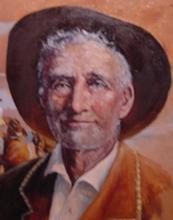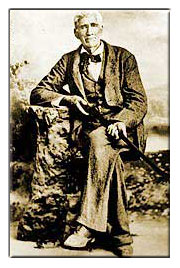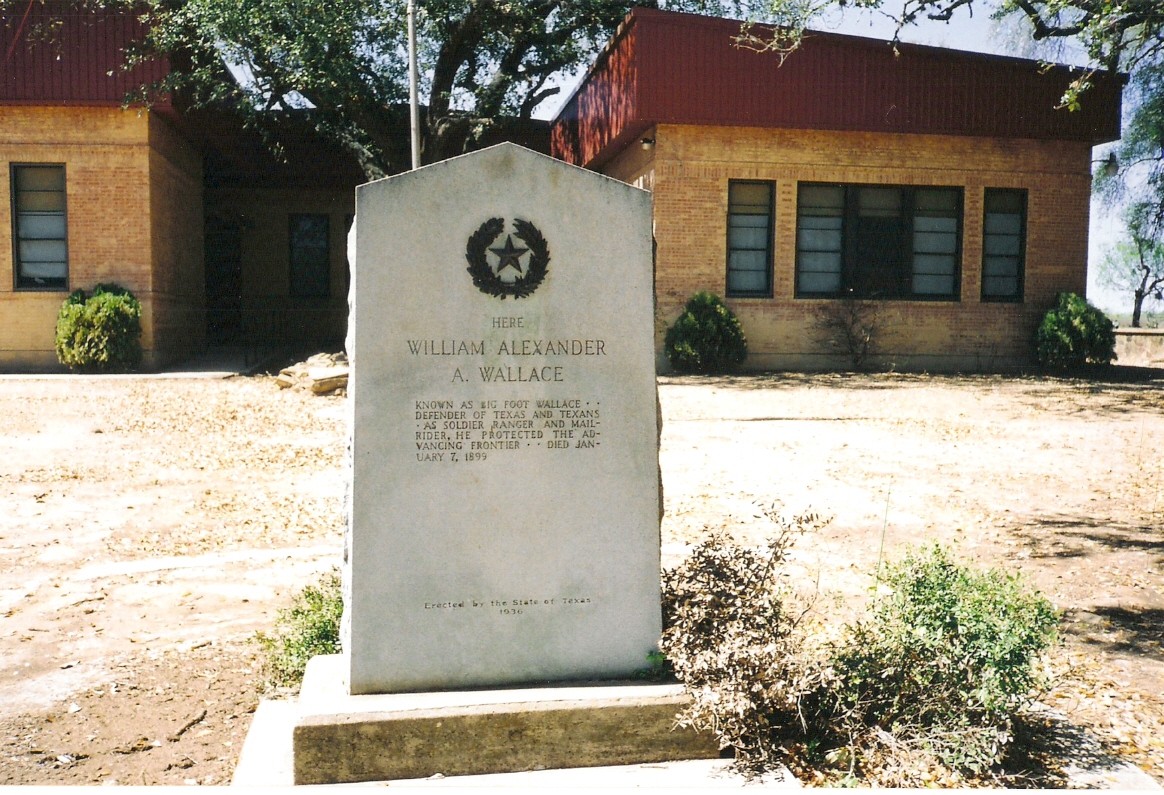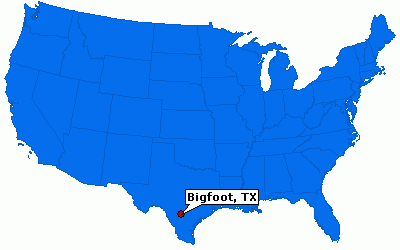

| Catalina Villarreal & Jessica Medina | Spring, 2006 |
| U.S. History 1302 | R. Hines, Instructor |
ORIGINS: Bigfoot is in the northeastern corner of Frio County, approximately eight miles east of IH 35, where Highway 462 intersects with highway 472. Bigfoot was founded in 1865. Among those moving in were the families of Brambett, Sadler, Thomas, Harrell, Haynes, and Hensen. There were others; but actual records support these families. In 1880, D.T. Winters established a gin and mill there. A Baptist church was organized there in the 1880’s and by 1890 Bigfoot had a general store and an estimated population of 25. During the 1890’s citizens opened a public school, which in 1907 had three teachers and 150 pupils. The community had a population of 146 in 1900, but much of the towns business section burned in 1903. Bigfoot's population fell to an estimated 100 by the 1930’s and in the 1940’s the community had a church, a school, a row of five business, and a number of scattered dwellings. The Bigfoot school consolidated with that of the nearby town of Devine in 1949. With development in the 1950’s of the Bigfoot oilfield to the south, the community grew. In the 1964 it had a population of 210, three churches, two businesses, and a number of dwellings. During the 1970’s its population diminished again, and was estimated at 75 from 1972 to 1992. In the 1980's, Bigfoot still had the post office, two business and three churches. The country about Bigfoot is rolling, with small fields covered with much brush. There is about $83 million income from oil, gas, and stone annually. The leading agricultural crop is peanuts with over 50 millions pounds grown each year. This area grows more peanuts than any other section of Texas. Also important is the growing of grains, sorghum, cotton, melons, vegetables, pecans, and peaches. Some beef cattle and swine are also produced. The revenue from these amounts to around $36 millions, and together with the $83 million in gas and oil, provides the Bigfoot area with a nice income.
"FOUNDING FATHERS": The father of the town is William Alexander Anderson Wallace, best known as “Big Foot Wallace.” William Alexander A. Wallace was born in April 3, 1817. In 1937 he came to Texas to avenge the death of his brother. He became a Texas Ranger, Pony Express Rider from San Antonio to El Paso, and Indian Fighter. He was called Bigfoot because of his big feet.
Wallace was imprisoned in Mexico and took part in the famous Mier Expedition, where beans were drawn from a bucket to determine which prisoners would live or die. He fortunately “drew deep” and got a white bean, saving his life.
Bigfoot Wallace never married, and he spent his last years in Big Foot, and died January 7, 1899. He was buried at the Longview Cemetery, but was later moved to the State Cemetery at Austin, Texas.
ECONOMY: According with Mr. Murphy and Boyd actually, "are 200 people living in Bigfoot. When the Railroad (Union Pacific) came to Devine and Moore some people and business moved to Devine. Now there are two churches Catholic and Church of Christ. Cattle and oil are the main economic resources of the town. The town has its own water system and water supply."
HISTORICALLY SIGNIFICANT STORIES?: “There were rumors about a African American man that was hanged in a tree near the museum.” Mr. Boyd said. He also said that the community of Bigfoot is really close; everybody helps each other out whenever they have trouble. The differences of the ethnicities are more visible at the cemetery; according to Mr. Murphy, many years ago the Hispanics and the Anglos used to bury their dead in separate places, and now is different. Everybody has the right to choose the land in which they want to rest.
HISTORICAL LANDMARKS: The cemetery is one of the most important historical places in Bigfoot, because in there are many stories of people or war heroes.
Some heroes of Bigfoot were John M. Gude went to Civil war and he was a Confederate soldier.
James C. Stroud was a Confederate soldier in the 4TH reg. He was born in May 4TH 1833; he died on March 25, 1922.
William Carvin Winter fought in the Battle of San Jacinto. He was born in Tennessee in 1809 and died in 1863.
CONNECTIONS TO COURSE THEMES: The connections with the course and this town is how it was developed one or two hundred years ago before the railroad came. Bigfoot was an important city in which the oil and the farming were the main economic sources and they still are.
Interview with Joe Murphy & Bill Boyd
ANNOTATED BIBLIOGRAPHY:
Information about William Wallace
Information about Pony Express
Information about Devine, Texas
Information about Moore, Texas
A Cough of Big Foot, Book by Linda S. Miller
Most of the information was from this book and was provided by Mr. Murphy and Boyd (Residents of Big Foot, Texas).








